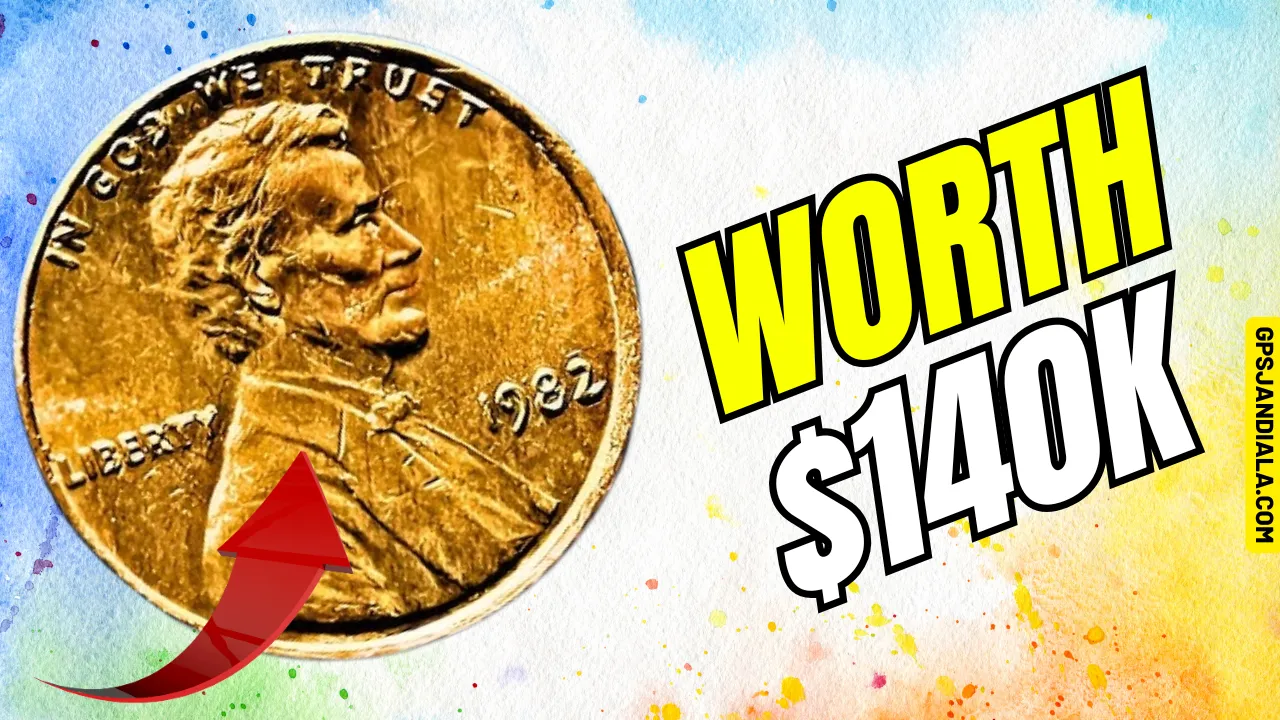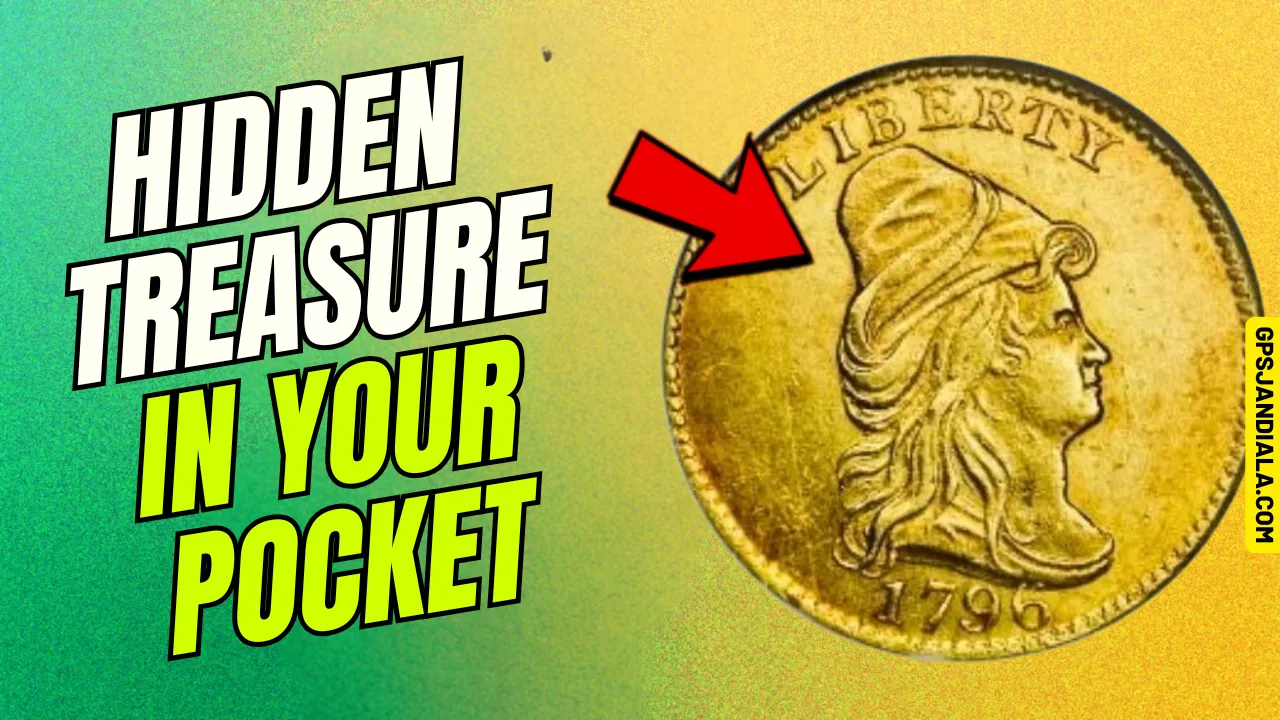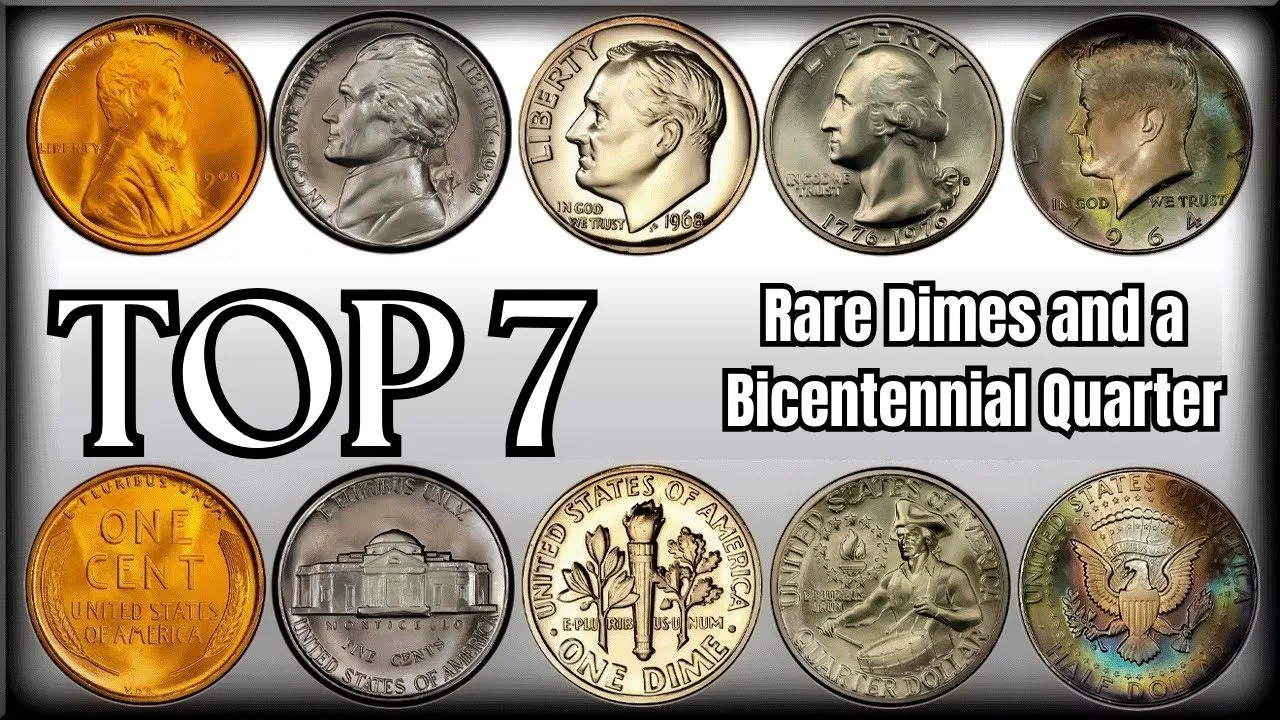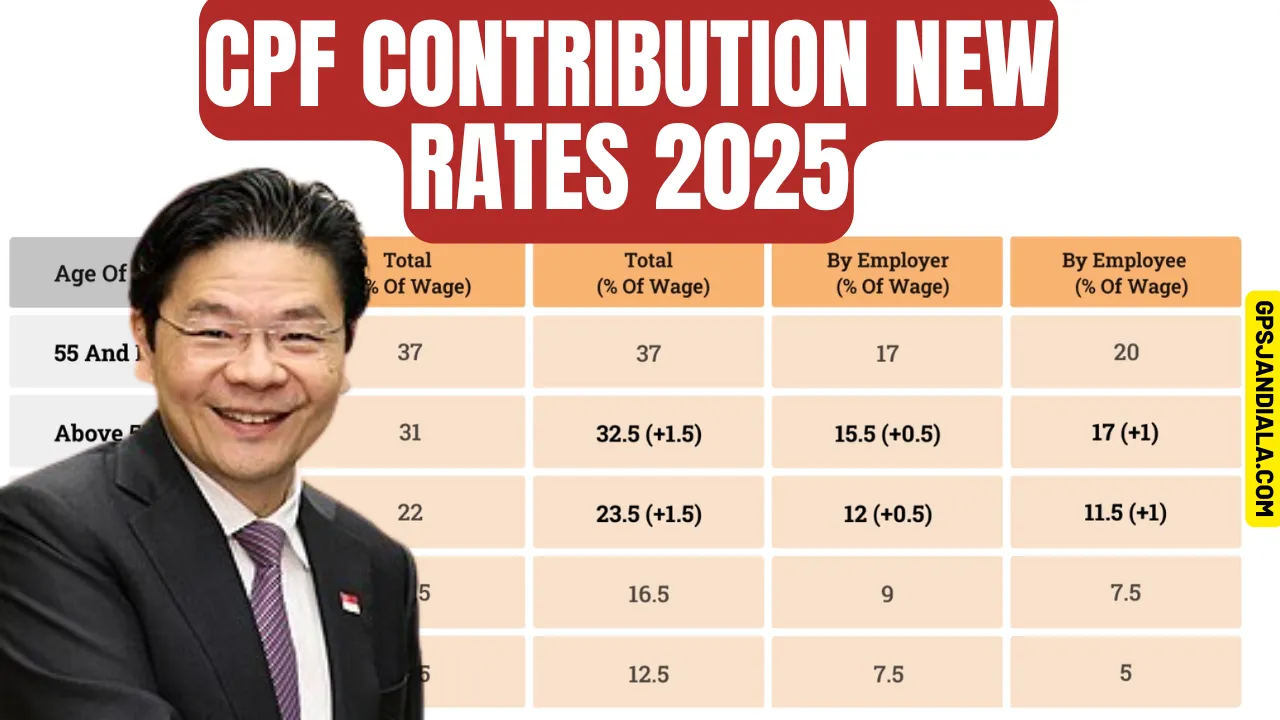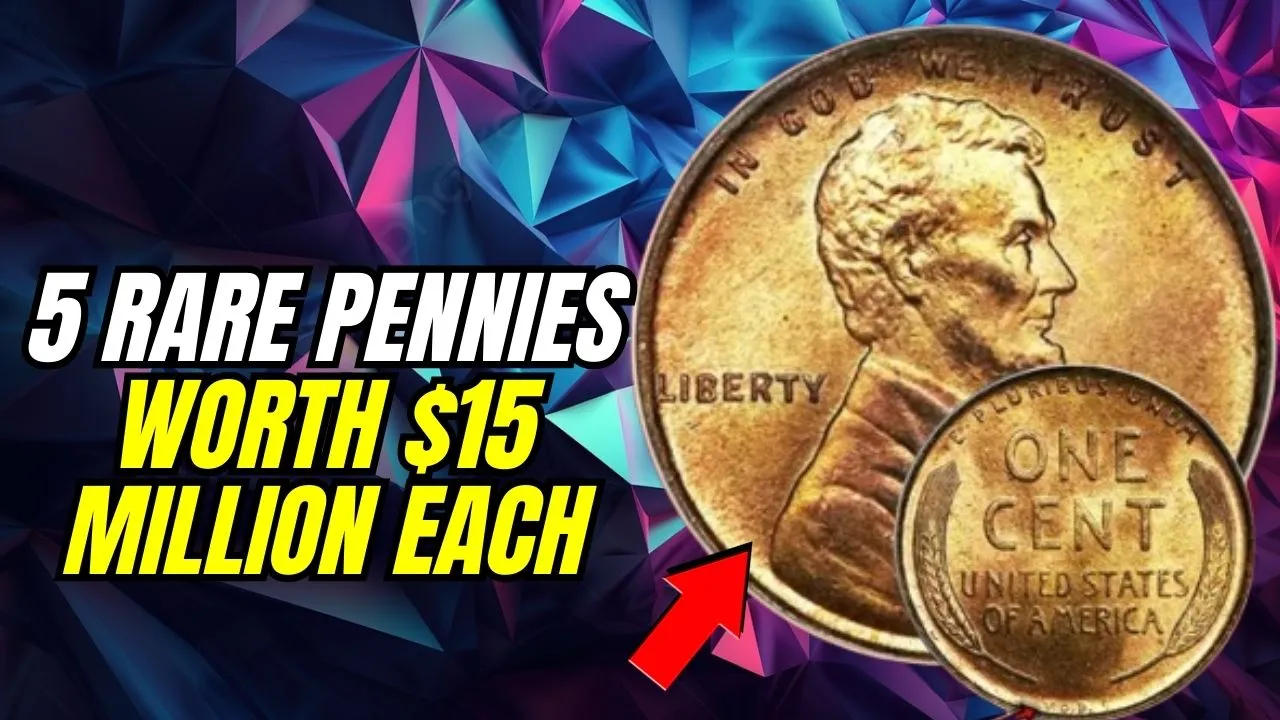Lincoln Wheat Penny: The Lincoln Wheat Penny is not just a piece of small change—it’s a historical gem that carries immense value among coin collectors. While millions of these pennies were minted between 1909 and 1958, a rare version has taken the spotlight by being valued at an astonishing $140,000. Even more fascinating is the fact that some of these rare coins are still in circulation, hiding in pockets, coin jars, and bank rolls.
In this article, we’ll explore the history of the Lincoln Wheat Penny, uncover the story behind the rare $140K variant, and share tips on how to identify and preserve valuable pennies. By the end, you’ll be inspired to take a closer look at your spare change—you might just have a treasure in your hands!
Quick Overview: Key Facts About the Lincoln Wheat Penny
| Attribute | Details |
| Minting Years | 1909–1958 |
| Designer | Victor David Brenner |
| Material | Bronze (Standard), Steel (1943) |
| Rare Variant Year | 1943 Bronze Penny |
| Highest Known Value | $140,000 |
| Historical Significance | First U.S. coin with a real person |
| Current Circulation | Yes, rare pieces still exist in circulation |
The History Behind the Lincoln Wheat Penny
The Lincoln Wheat Penny was introduced in 1909 to honor the 100th anniversary of Abraham Lincoln’s birth. Designed by Victor David Brenner, this penny was groundbreaking as it became the first U.S. coin to feature the portrait of an actual person.
The obverse side of the coin proudly displays Abraham Lincoln’s profile, while the reverse side showcases two wheat stalks surrounding the denomination. These wheat stalks symbolized agricultural prosperity and represented an era of growth in America.
Initially, the coin featured Brenner’s initials, V.D.B., on the reverse side. However, public backlash led to their removal, making the 1909-S VDB penny another highly sought-after rarity among collectors.
Why the $140,000 Lincoln Wheat Penny Is So Valuable
The $140,000 Lincoln Wheat Penny is a rare error coin from 1943. During World War II, the U.S. Mint replaced the traditional bronze material of pennies with zinc-coated steel to conserve copper for wartime efforts.
However, a few bronze planchets from the previous year accidentally made their way into the minting machines. These error coins, now known as 1943 Bronze Pennies, became some of the rarest and most valuable coins in U.S. history.
It’s estimated that only around 20 examples of the 1943 Bronze Penny exist today, making them a prized possession among coin collectors. In auctions, these pennies have sold for as much as $140,000 or more.
How to Identify a Valuable Lincoln Wheat Penny
Finding a rare Lincoln Wheat Penny requires a keen eye and knowledge of key features. Here’s what to look for:
1. Date and Mint Mark
- Look for specific years like 1909-S VDB, 1914-D, and the famous 1943 Bronze Penny.
- Mint marks (S for San Francisco, D for Denver) are located below the year on the coin.
2. Material Composition
- A 1943 penny made of bronze instead of steel is incredibly rare.
- Use a magnet to test the coin—steel pennies will stick, but bronze ones won’t.
3. Condition of the Coin
- Coins in mint or near-mint condition command the highest prices.
- Even circulated coins with minimal wear can have significant value.
4. Error Coins
- Look for minting errors such as double dies, off-center strikes, or other anomalies.
- These mistakes often increase a coin’s worth exponentially.
Other Valuable Lincoln Wheat Pennies
While the 1943 Bronze Penny steals the spotlight, there are other Lincoln Wheat Pennies worth checking out:
- 1909-S VDB Penny: With the designer’s initials on the reverse side, this coin can fetch up to $2,000.
- 1914-D Penny: Known for its limited mintage, it’s valued at around $1,500 in good condition.
- 1922 No D Penny: A rare error where the Denver mint mark was accidentally omitted, making it highly valuable.
Even more common Lincoln Wheat Pennies, especially those from earlier years, can fetch a few dollars if they are well-preserved.
Are Rare Lincoln Wheat Pennies Still in Circulation?
Yes, surprisingly, rare Lincoln Wheat Pennies are still in circulation. Over the decades, many have been passed down in change, overlooked, or tucked away in jars. Some people unknowingly spend these rare pennies, unaware of their true value.
Collectors recommend searching through coin rolls from banks, loose change at home, and even penny jars at garage sales. It’s not impossible to stumble upon a valuable Wheat Penny—it happens more often than you’d think!
How to Preserve and Sell a Rare Lincoln Wheat Penny
If you’ve found a rare Lincoln Wheat Penny, follow these steps to protect its value:
- Handle with Care: Hold the coin by the edges and avoid touching its face.
- Authenticate the Coin: Have it appraised by reputable services like PCGS or NGC.
- Store Properly: Use protective coin holders to prevent damage.
- Sell Smartly: Auction houses, online marketplaces, and trusted coin dealers are the best places to sell rare coins.
Why Coin Collecting Is So Popular
Coin collecting isn’t just a hobby—it’s a window into history. Every coin tells a story about politics, culture, and economic shifts of its time. The Lincoln Wheat Penny, in particular, carries the legacy of Abraham Lincoln and represents a period of growth and unity in American history.
For collectors, discovering a rare coin like the $140,000 Lincoln Wheat Penny is an exhilarating experience. It’s not just about monetary value but also about holding a tangible piece of history in your hands.
Final Thoughts
The Lincoln Wheat Penny is more than just a penny—it’s a symbol of history, craftsmanship, and unexpected treasure. With rare variants like the 1943 Bronze Penny still possibly floating around in circulation, every penny in your change holds potential value.
So, the next time you find a penny in your pocket, take a closer look—it might just be worth $140,000.
Start your treasure hunt today—you never know what you might discover!
